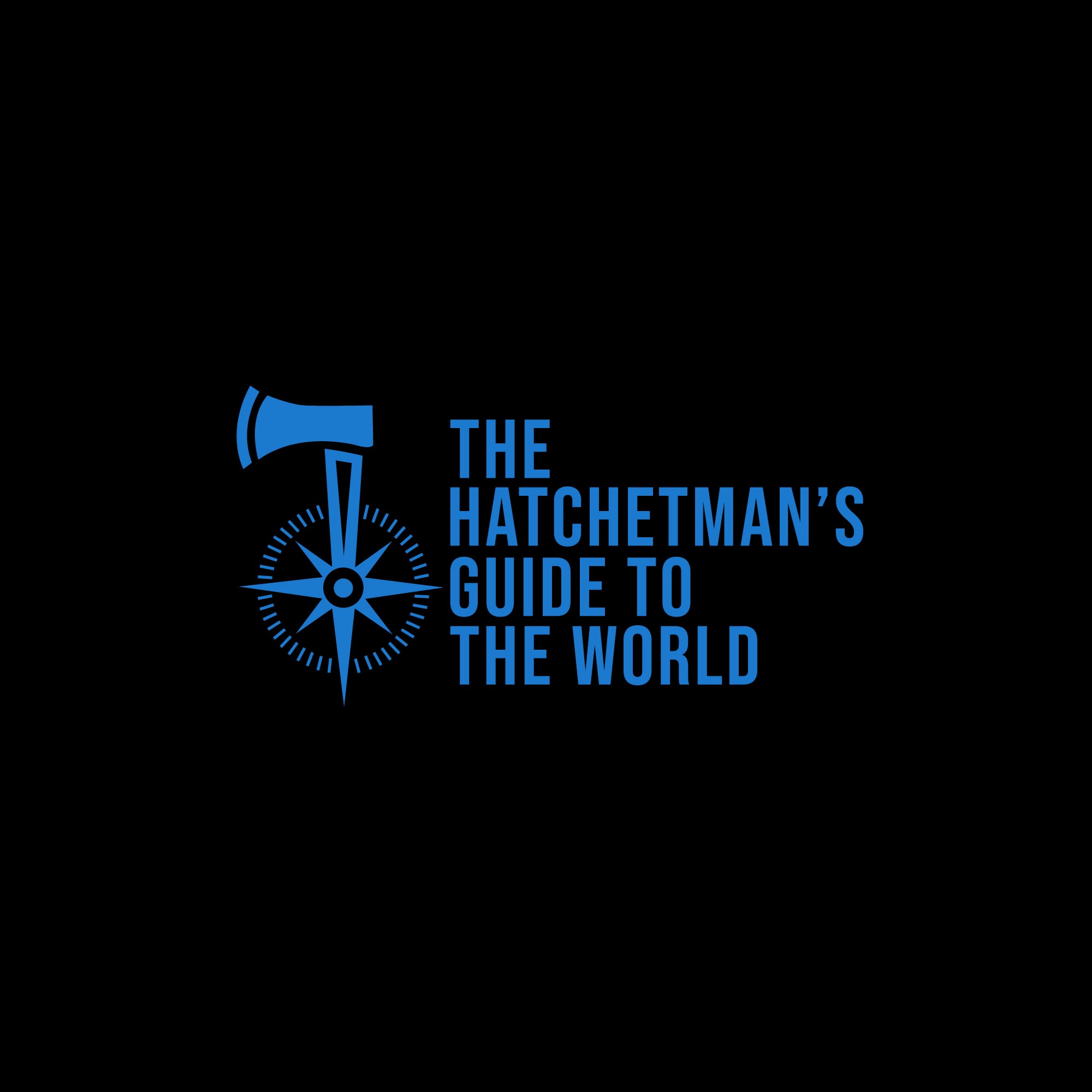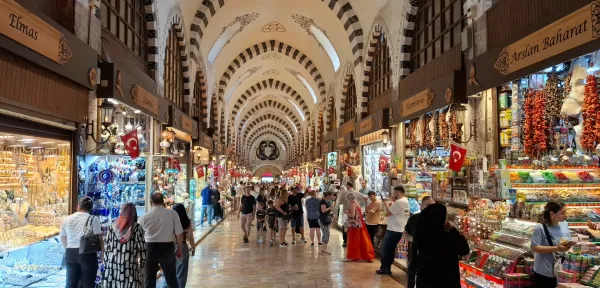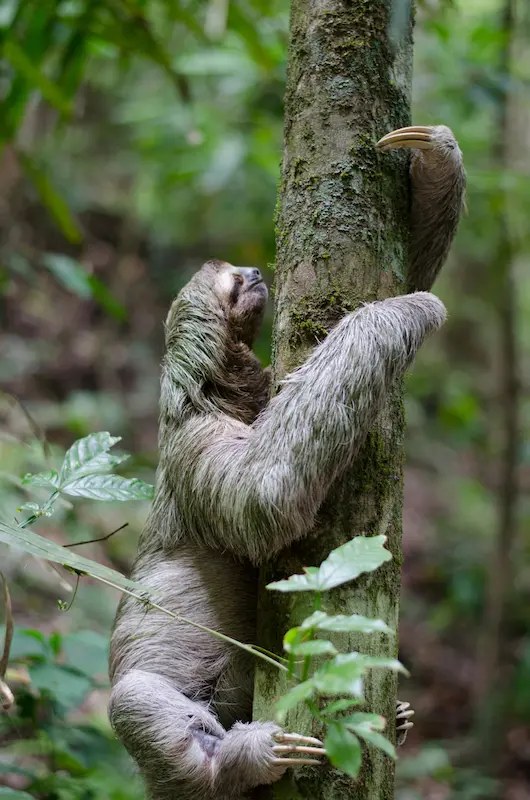Feria de las Flores: What’s the Big Deal With Medellín’s Flower Festival?
A practical guide to the Feria de las Flores, with the real story of Santa Elena, the Londoño family, and what it’s like to experience Medellín’s rowdiest festival—plus tips for visitors and what makes these tours worth it.
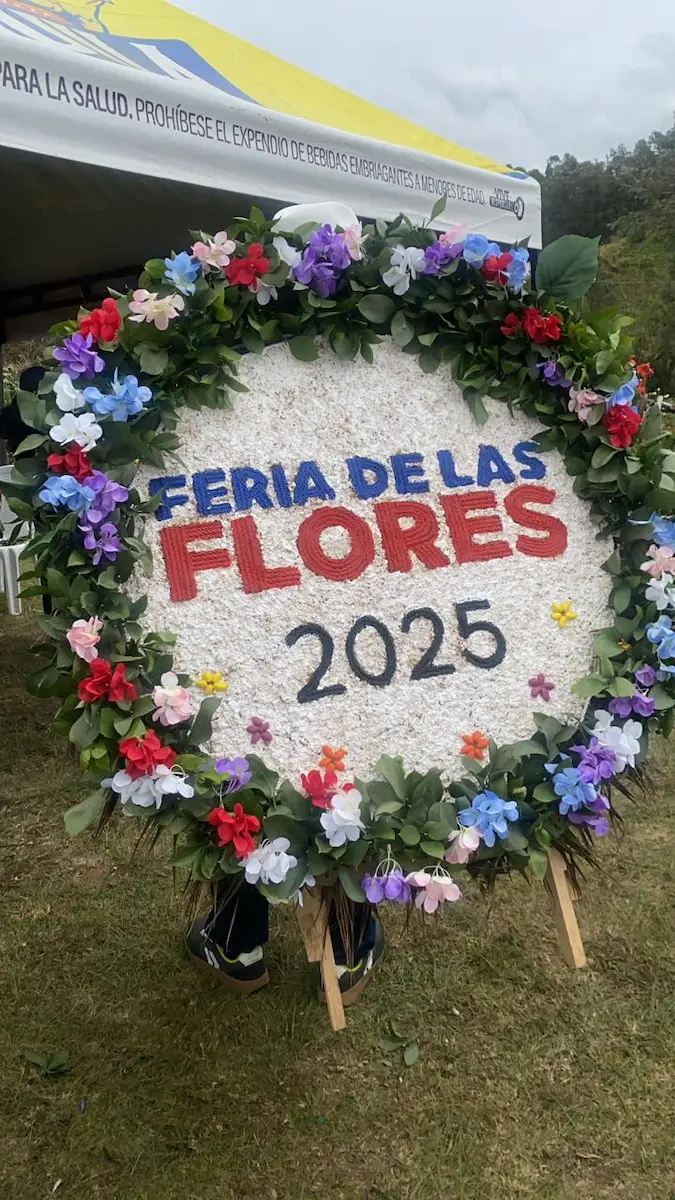
If you’ve spent any time in Medellín, you know the city has no shortage of energy—late nights, salsa and reggaetón shaking the walls, folks laughing in the street, music pouring out of every doorway. So, when you hear about a “flower festival,” it’s easy to imagine something gentle, maybe even a bit sleepy. Honestly, I used to think the same. But let me tell you: the Feria de las Flores is Medellín’s biggest blowout of the year—louder, brighter, and a hundred times rowdier than you’d expect from anything to do with gardening.
The Festival at a Glance
So what actually happens? The Feria de las Flores runs from late July into early August, and the whole city gets swept up in it. There are parades (and not just one or two—the calendar’s packed), concerts, dance-offs, classic cars rolling through the avenues, fireworks, and parties that seem to go all night. But if you peel back the shiny stuff, the heart of the festival is about honoring the people who’ve kept Medellín’s traditions going—the ones out in the countryside, growing and carrying flowers for generations.

Check Out This Guide
Planning a visit to Medellín? Don’t miss this orientation for first-time visitors:
Orientation Guide for Visitors to MedellínSanta Elena: The Real Source
If you want to understand the Feria, you’ve got to get out of downtown and head up to Santa Elena. It’s just a short drive up the mountain, but it feels like stepping into another world—cooler air, green hills, and a slower pace. This is home base for the silleteros: flower farmers who spend months preparing these huge, almost sculptural flower displays called silletas. The pride runs deep here. For these families, carrying a silleta in the parade is about as big as it gets.
The Londoño Family’s Role
One family in particular, the Londoños, have made a name for themselves over the years. Their finca in Santa Elena isn’t just a tourist stop; it’s basically a piece of living history. During the festival, you can visit, hear their stories, and actually see how these monster flower frames are put together. The Londoños have been at this for generations. For them, it’s not a performance, it’s a family legacy.
What’s a 𝑺𝒊𝒍𝒍𝒆𝒕𝒂 and What’s a 𝑺𝒊𝒍𝒍𝒆𝒕𝒆𝒓𝒐?
A silleta is a large wooden frame, somewhere between a backpack and a billboard, packed tight with flowers. The person who carries it is called a silletero—or silletera; the tradition has never been exclusive to men. Originally, these frames served a practical purpose: transporting flowers to the market. But over time, their role shifted from purely functional to deeply symbolic. Today’s silletas are more like circular floral murals—imagine something shaped like a giant archery target, but covered in intricate designs, messages, or imagery made entirely from blooms. They're less about commerce now and more about storytelling and pride, much like the flower-covered floats in Southern California's Tournament of Roses Parade.
In earlier generations, farmers in the hills above Medellín would strap on these frames and walk them down to the city. While the straight-line distance from Santa Elena to Medellín is only about 4.5 miles (7.3 kilometers), the actual route—following steep, muddy mule trails—was closer to 6.2 miles (10 kilometers). And it wasn’t just the distance that made it tough. Santa Elena sits around 8,500 feet (2,600 meters) above sea level, while Medellín lies at roughly 5,200 feet (1,585 meters). That’s a drop of about 3,000 feet (1,000 meters), all downhill through rough Andean terrain. Walking those paths meant taking it slow, resting when needed, and navigating through the dark, often barefoot. Most set out around midnight to reach the city by dawn—about five to six hours of careful descent, to arrive in time for the markets to open.
Today, that journey lives on in a very different form. The Desfile de Silleteros, or Silletero Parade, has become the centerpiece of the Feria de las Flores. Hundreds of participants march through Medellín, each carrying their own silleta—some weighing more than 150 pounds—on foot, without wheels or assistance. These floral displays are judged in five categories, and the winners walk away with cash prizes and bragging rights. What began as a tough mountain trek has become a cultural institution, but the effort and craftsmanship behind each silleta still reflect the roots of the tradition.
How Do People Experience the Festival?
There are more tour options than you can shake a stick at. Most people end up booking a combo package—one day up in Santa Elena early in the festival, then tickets to the big parade at the end. The two events are on different days, but you get it all in one go when you book.
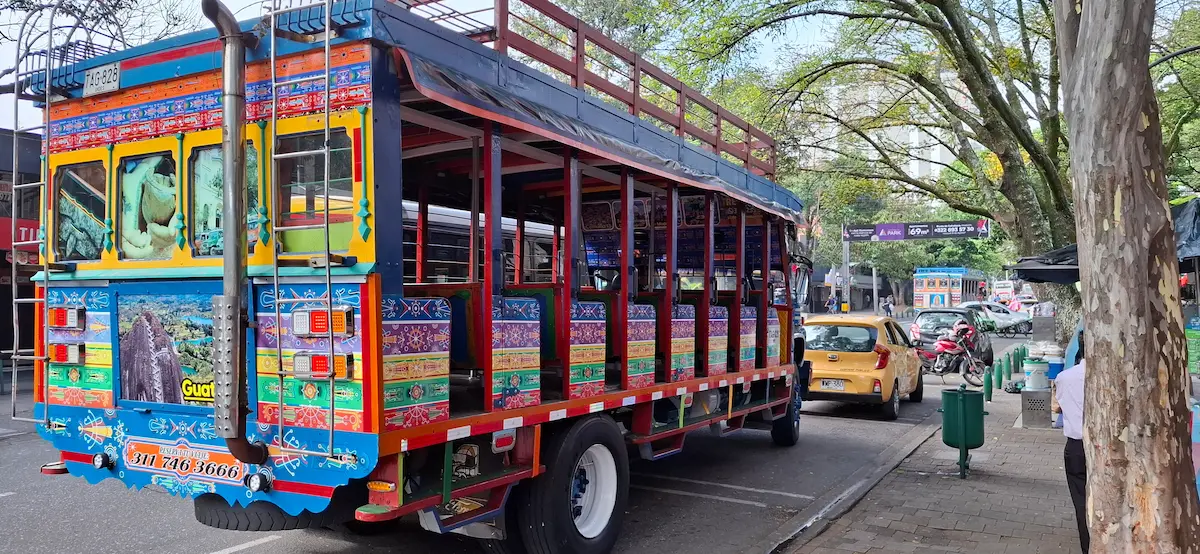
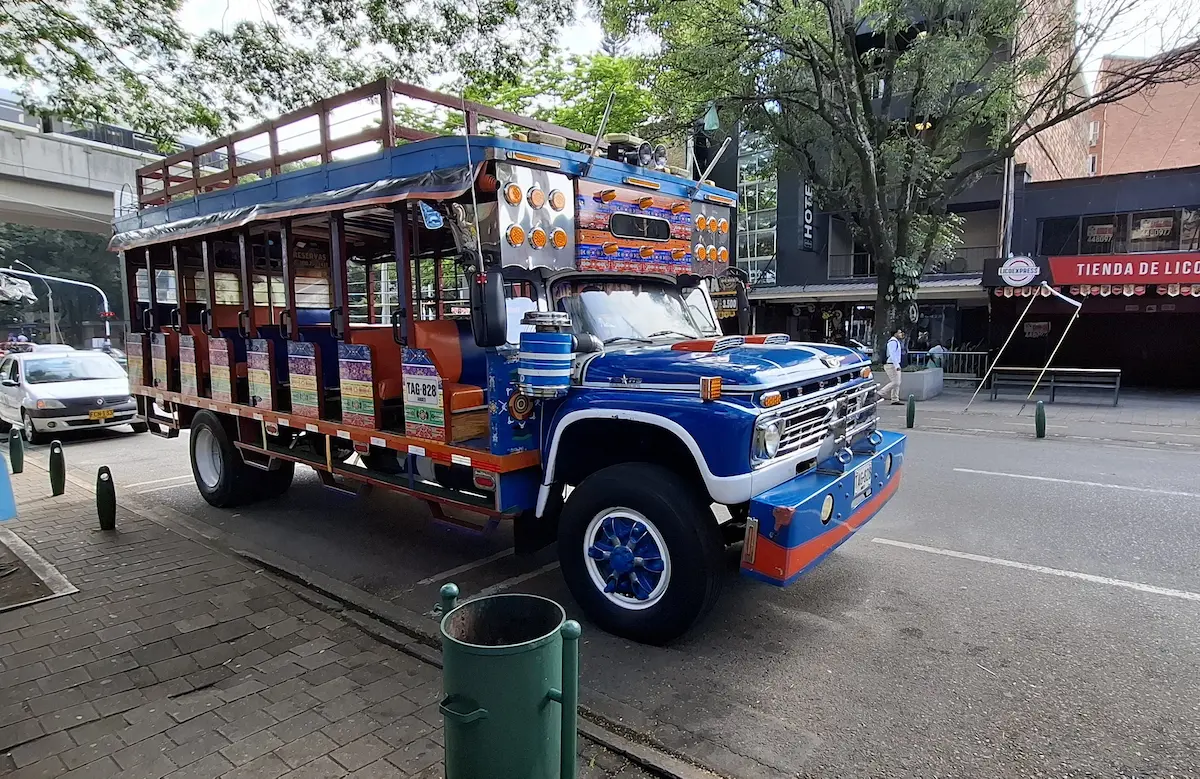
Here’s how it usually plays out:
You pile into a brightly painted chiva (think: party bus with a dash of rural Colombian style) near the Laureles Estadio metro station. The ride up to Santa Elena is half the fun. Once you’re there, you’ll visit a finca—most likely the Londoño family’s, since their name carries weight—then wander the town, grab lunch (usually included), and soak up the mountain vibe.
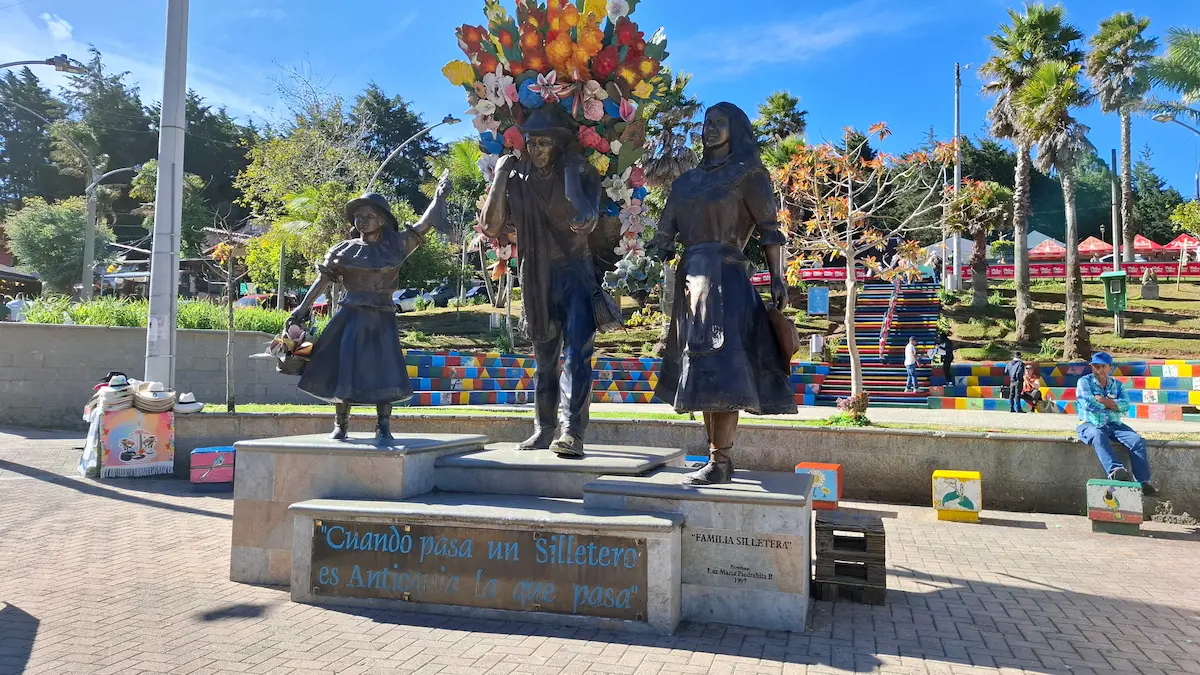
Fast-forward to parade day: remember those crowds you’ve seen in pictures? The Desfile de los Silleteros draws upwards of a million people. If you’re picturing gridlock, you’re not wrong. The nice thing about the tours is they sort out the transport and logistics for you. Just like with Santa Elena, you’re picked up and dropped off at a set spot, usually right by the metro. No hunting for an Uber while 999,999 other people are doing the same.
The best part: most tours set you up with grandstand seats. No fighting for a view, no standing for hours. Some tours even hand out snacks, but it’s still a marathon day—eight hours or more is standard, so bring your patience.
If you’re not into crowds or want something different, there are tours that swap the flower parade for the classic car parade (the Desfile de Autos Clásicos y Antiguos). That event pulls a crowd too—usually around 200,000.
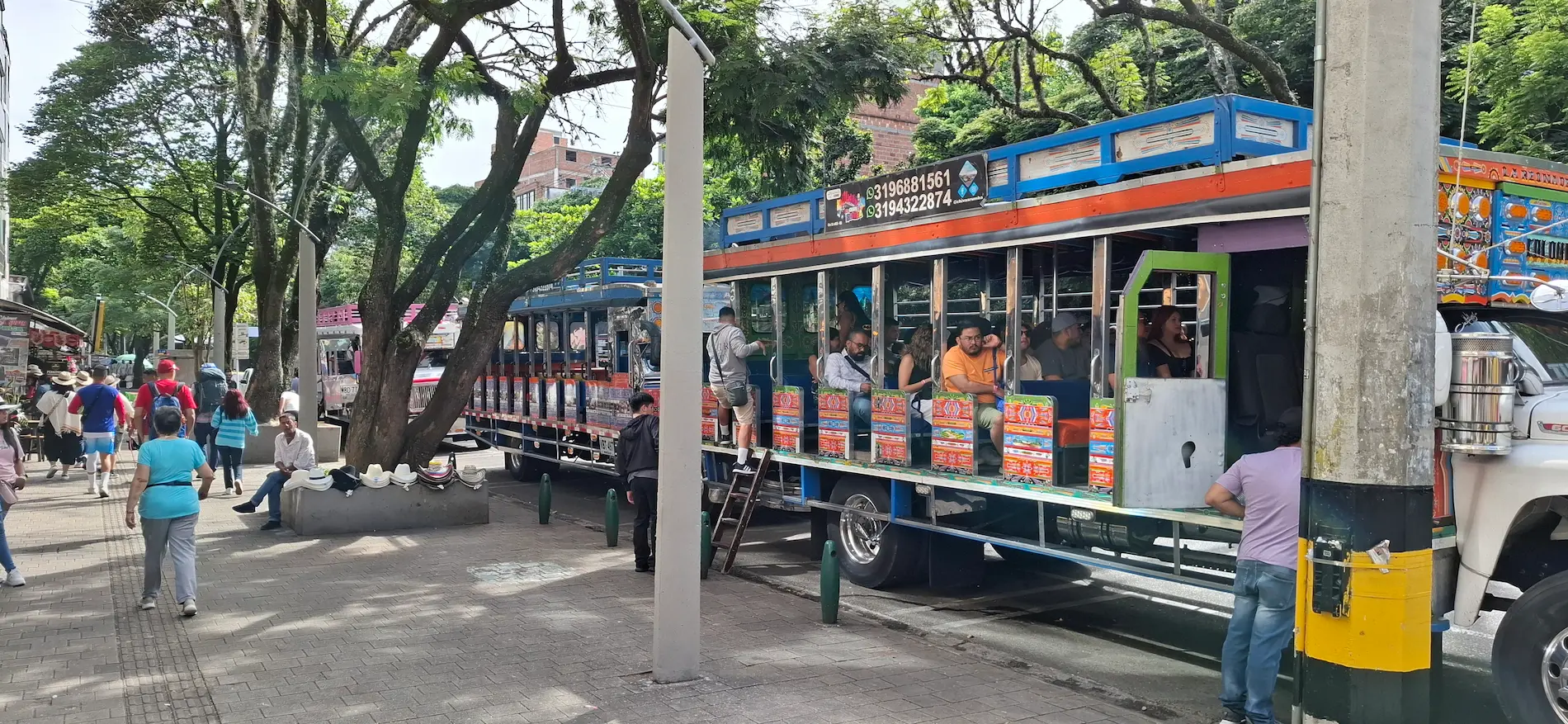
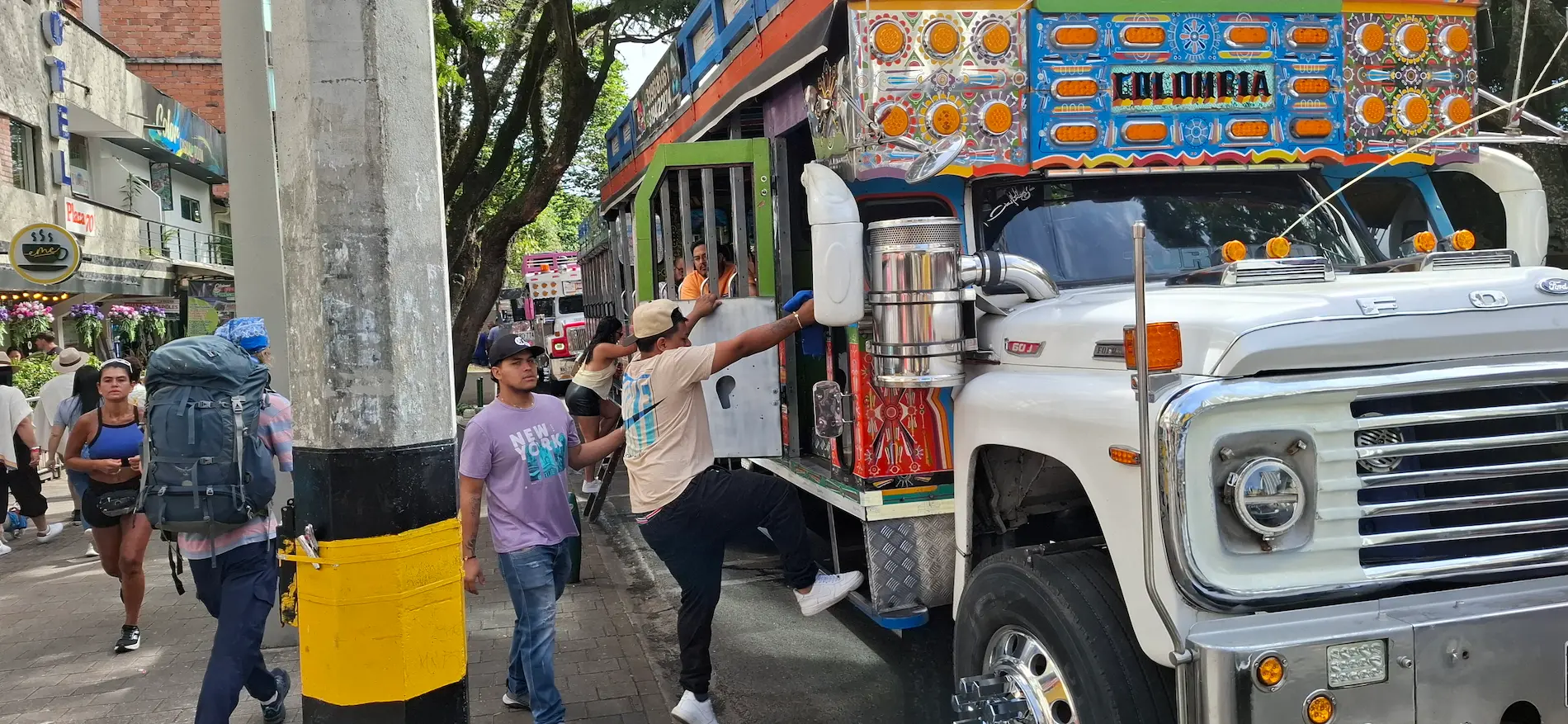
Accessibility Issues and Restroom Issues
If you take the tour, be forewarned that chivas are not for the faint of heart. They don’t have seatbelts, and most of them have no walls on the sides either.
More importantly, the seating section is up off the ground at about the height of the bed of a truck and requires minimal climbing. Most of the chivas will have small stepladders they can put down for people with mobility issues, but even that can be a bit rough. For someone who might have trouble climbing up about three feet with or without a ladder, a tour in a private car is probably going to be a better choice.
Also, we are talking about a region in the Andes mountains that is roughly 8500 feet above sea level. The pueblo of Santa Elena, while fully paved and walkable, has very steep climbs with optional stairs. This might be difficult for more elderly people, although there is a nice park there where someone could sit and enjoy a snack or a drink before heading back to the chiva.
The ground at the Londoño Family finca is fairly flat, with just a slight incline. Most people should have very little problem navigating this. Proper footwear is suggested since the ground can be muddy at times.
Bathrooms
As is true in many parts of the world, if you want to use a restroom you will probably have to pay a bit. The going rate for Santa Elena seems to be either 1000 or 2000 pesos, $.25 or $.50).
You pay the attendant and are given a small allotment of toilet paper, and you can enter the facilities.
At the Londoño family finca, there are two urinals that are outside and open to public scrutiny, but they are also free of charge. It is a good deal if you don’t have a shy bladder.
Also, bear in mind that many of the bathrooms you may encounter are in buildings which were probably not built with indoor plumbing in mind, so they tend to be very small, closet like affairs. If you are a large person, it can get very cramped in some of these places.
A good suggestion is to bring a little bit of toilet paper of your own. A good trick for this is that at home when a roll of toilet paper is getting down to about an eighth of a roll, just pull the cardboard tube out and flatten it so you can slip it into a bag for emergencies.
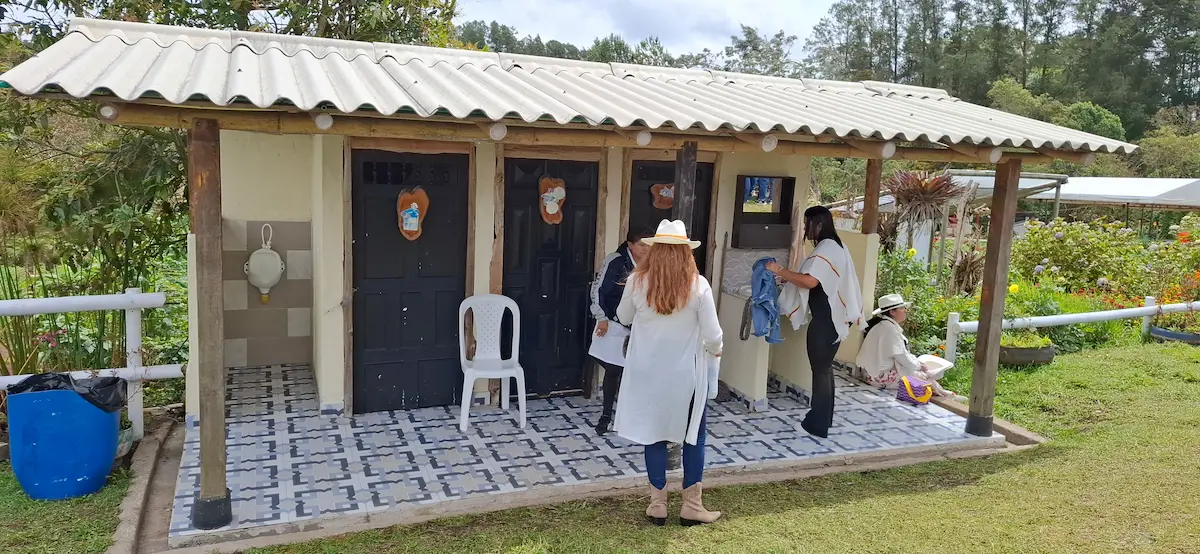
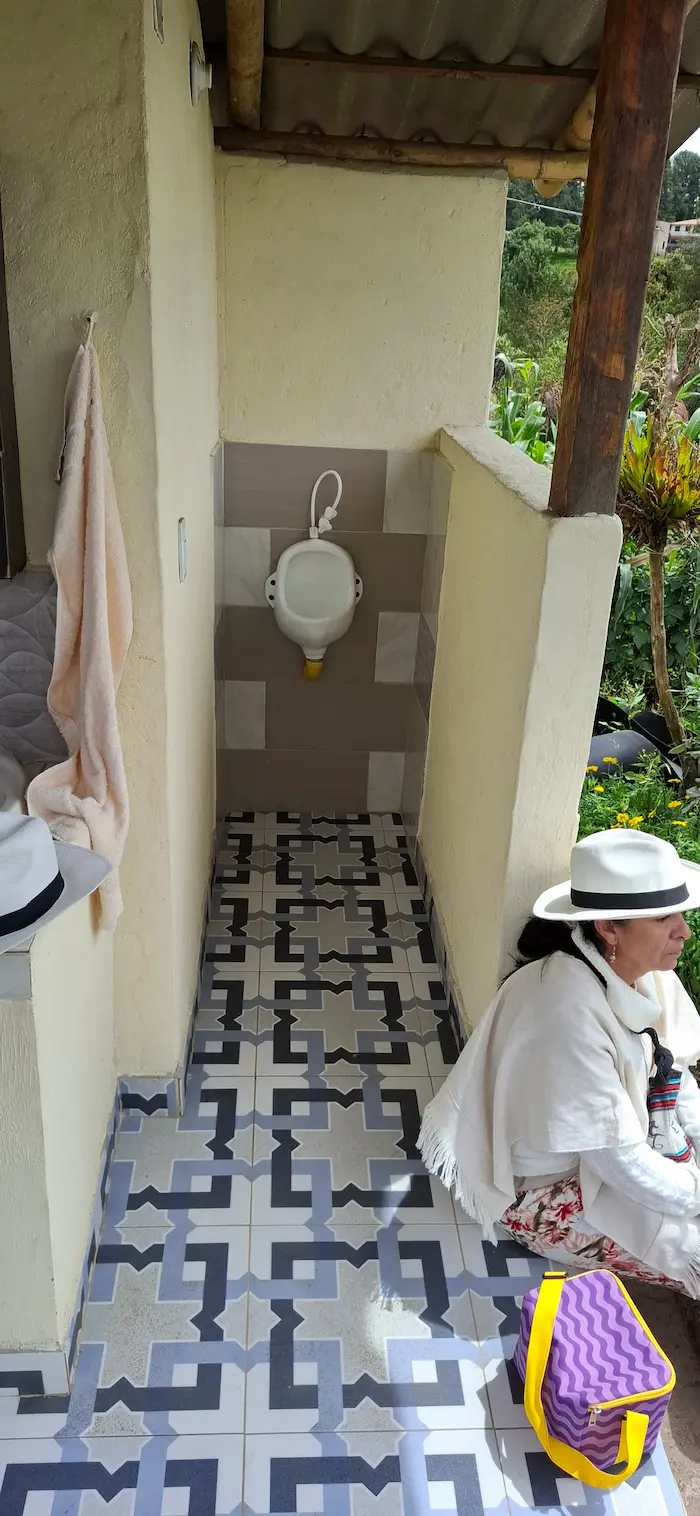
Why Does It Matter?
At the end of the day, the Feria isn’t just about pretty flowers. It’s about Medellín’s roots—the hard work, color, stubborn pride, and joy that built this city. Santa Elena and families like the Londoños are the living proof that these traditions are very much alive. The festival is their moment to step out of the hills and into the spotlight.
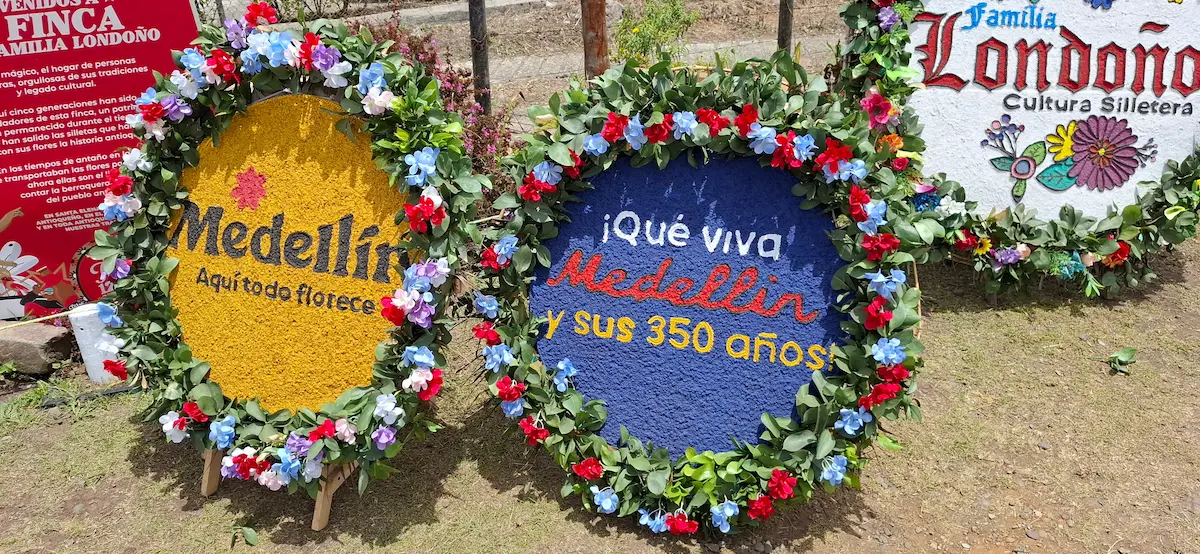
And here’s the honest wrap-up:
If you’re curious about what really makes Paisa culture tick, these tours are absolutely worth it. Even if you’re a botany nut, you’ll get a kick out of seeing how much of the experience is about people—their stories, the crazy trip down to the market, the traditions they keep alive. Just know, you won’t spend much time talking about individual flower species; it’s more about the journey and the lives behind the blooms.
But if Medellín is just another vacation stop for you, and you’re not too interested in local culture, these tours might feel long or even a bit dull. That said, every year the city fills up with all sorts of official and unofficial events—parades, concerts, you name it. One bonus worth checking out: the San Alejo Artisan Market, held the first Saturday of every month in Plaza Bolívar, gets extra lively during the Feria, with more food, art, and local crafts than usual.
So, if you’re even a little curious about what makes Medellín more than just another party town, give the Feria de las Flores a try. You might leave with muddy shoes and a sunburn, but you’ll definitely have some stories.
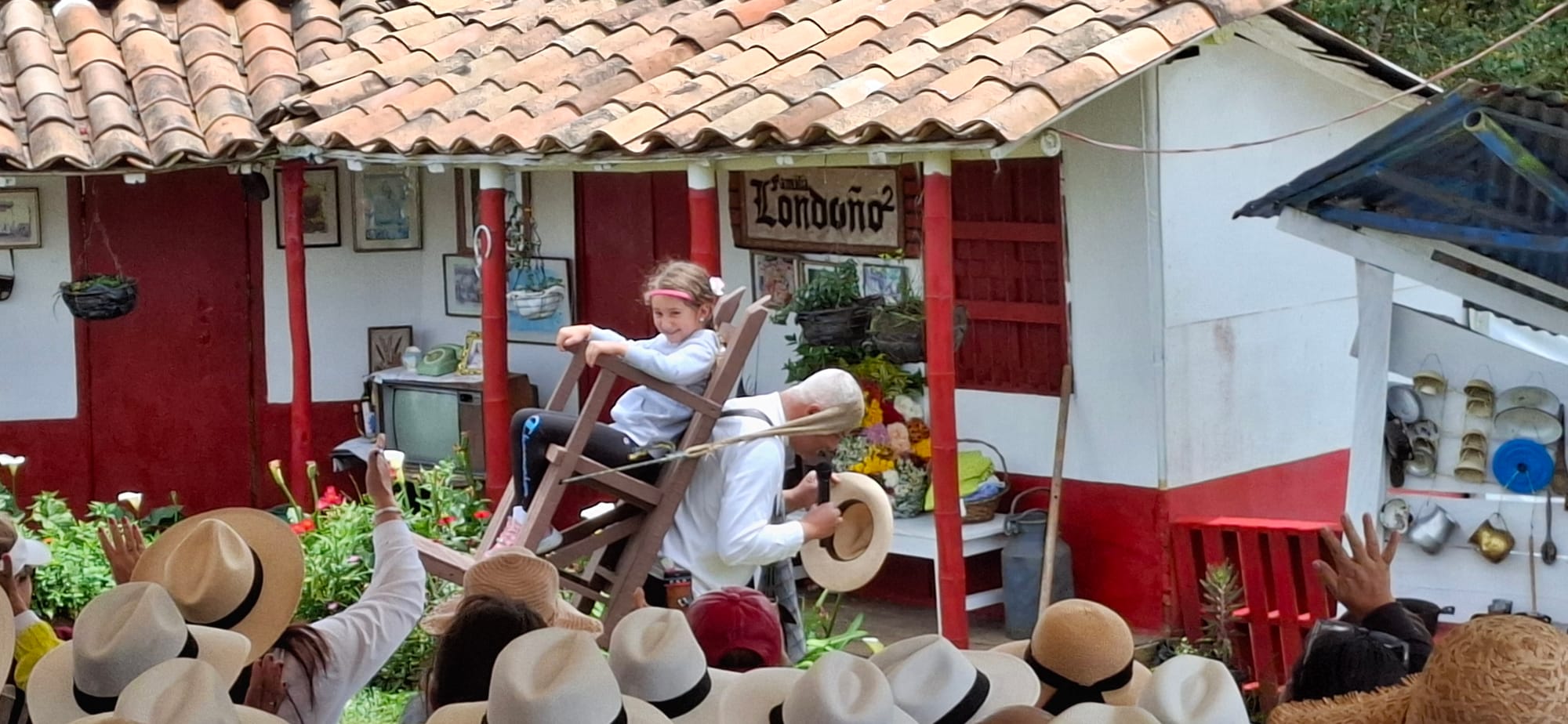
Pro tips for visitors:
Santa Elena
Umbrellas are a good idea in the mountains. Rain or shine, you’ll want some cover
You will probably get a better experience if you go prior to the festival as the place (especially the Londoño family finca) is crawling with visitors during the festival dates. If you go outside of those dates, you have a much better chance of talking to actual sillateros.
Bring a jacket. The weather is likely to change from nice to cool every time a cloud moves in front of the sun, but on the road in an open bus at 8500 feet. Surrounded by a tall forest, you can bank on it being pretty chilly. A small blanket wouldn’t be a bad idea either.
Chivas are rugged. Your back might take a bit of a beating on those windy mountain roads. If there is any padding you need for comfort, bring it along as well.
Hiking boots or athletic shoes with hiking souls are suggested. Mud happens.
Please remember to tip your tour guides.
Bring small bills or coins for using the restroom or for buying souvenirs or snacks. Many of the vendors are roadside stands and not proper stores, so card access is a no-go.
For the Parade:
Even in Medellín’s “dry” season, thunderstorms are a thing. Bring a poncho. (Umbrellas can block the view for people behind you.)
Stock up on water, snacks, and sunscreen before you head out.
Accept that with a crowd that size, getting in and out will take a while. Go with the flow.
Even though you have transport to and from the parade, you will end up at the Laureles Estadio metro station. Now what? You might want to arrange an uber or a private transport for a set time and location to meet you after the parade to avoid potential transportation problems back to your lodgings.
